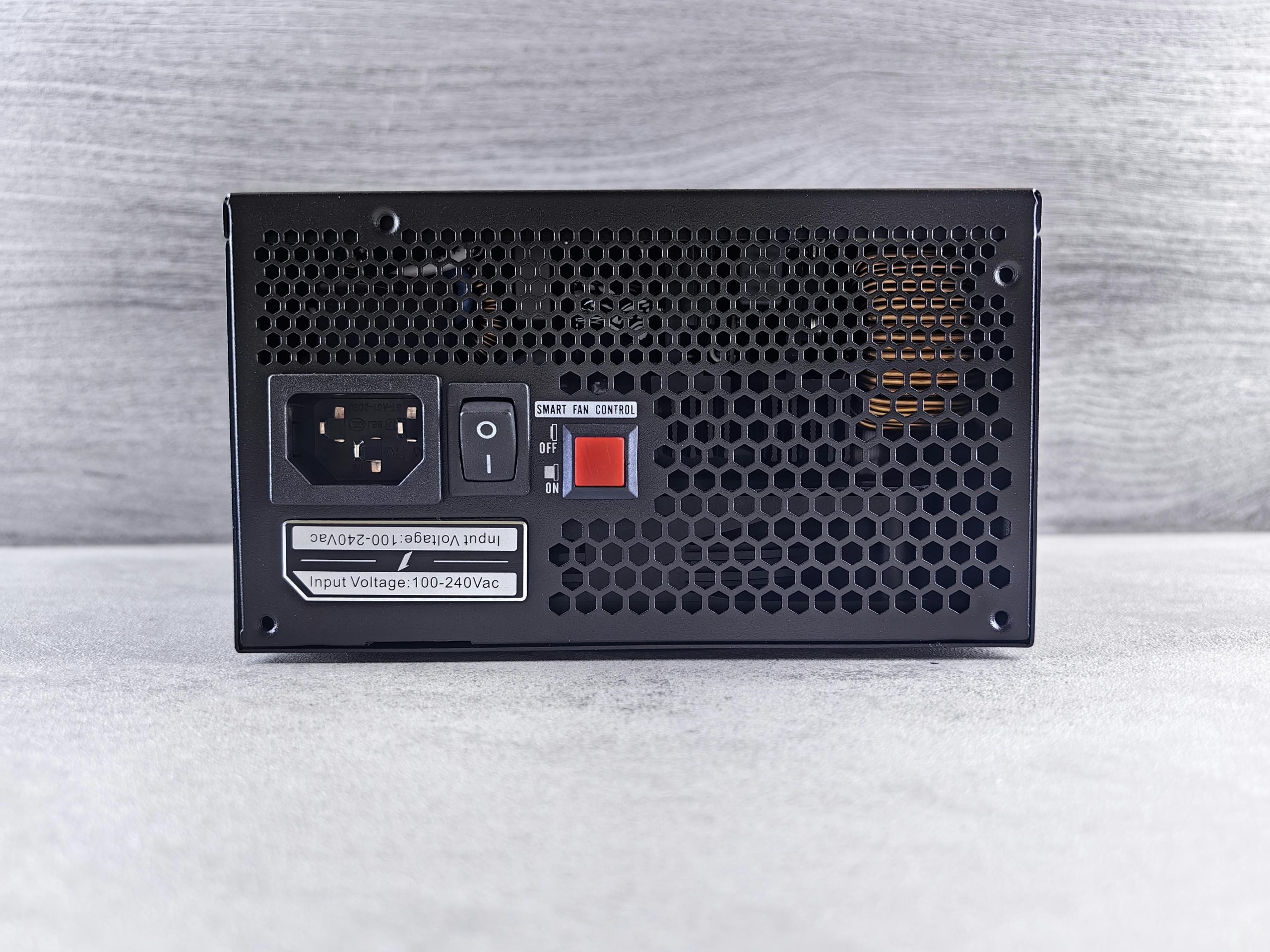Safeguarding Your Memories: Protecting Photos from a Computer Virus
In today’s digital age, the threat of computer viruses is ever-present, often resulting from unintentional clicks on suspicious links. Recently, my husband inadvertently exposed our computer to a particularly nasty virus after clicking on a link found in a blog post. The consequences were significant; this malware made it difficult for us to operate our system, and even altered our desktop background. To add to the distress, we received a fraudulent call from someone claiming to be from Microsoft. They possessed the last four digits of our bank account and attempted to persuade my husband to sign in to verify the account. Fortunately, he recognized the scam and ended the call.
Now, with the computer showing signs of distress and our digital lives hanging in the balance, I find myself in a troubling situation. Like many of us, I’ve procrastinated transferring important photos to a USB drive. This virus scare has made the urgency to act even greater. In a bid to protect our cherished memories, I managed to restore the computer to a point from a week ago, hoping to transfer the photos onto a clean USB drive. While Windows Defender hasn’t flagged any threats, it’s worth noting that it didn’t alert us to the virus initially either.
As we plan to undertake a factory reset to rid ourselves of this malicious software, I am left pondering the safety of my photos. How likely are they to harbor any remnants of the virus? What precautions should I take to ensure they are not compromised during the transfer?
It’s vital to exercise caution when handling files after a virus infection. Here are some steps to consider:
-
Scan the USB Drive: Before transferring your photos, run a comprehensive scan on the USB drive with a reputable antivirus program. This will help ensure it is free from any malware.
-
Use Safe Transfer Methods: Instead of directly copying files, consider using cloud storage services that offer virus scanning as part of their process. This adds an extra layer of security to your important files.
-
Check File Integrity: After transferring your photos, verify their integrity by opening a few files to ensure they have not been corrupted or altered.
-
Backup Regularly: Once you have secured your photos, consider implementing a regular backup routine to avoid similar situations in the future.
-
Educate on Safety Practices: Stay informed about safe browsing practices and the warning signs of phishing attempts to prevent future incidents.
While it
Share this content:



